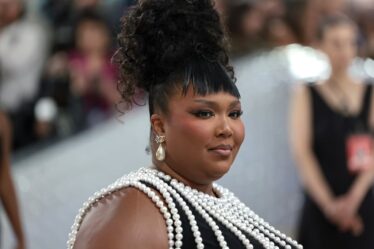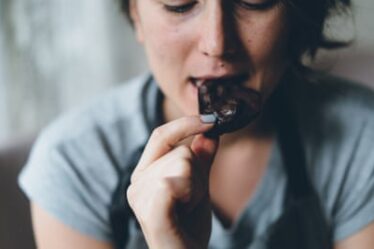
Real Christmas trees have been in short supply and subject to rising prices this year, due to floods and pandemic delays.
Many households have been considering alternatives.
Christmas tree alternatives – that aren’t plastic or pines – have their own benefits, from cost to aesthetics, says Melbourne-based horticulturist Bianca Plumley, who uses they/them pronouns.
“They can give the festive season a native touch and are often better for the budget and the planet,” Plumley says.
“There are lots of other options.”
Here are the best potted plants that make a great Christmas tree alternative.
Woolly bush
“These are really popular as a native Christmas tree because they are soft, cute and you can get them big and small,” Plumley says.
“They do better in full sun, so they won’t work if you want to leave them inside for a month, but you can use them as a Christmas tree before planting them in your garden.”
Woolly bush is also a good option for those working on a budget, with smaller plants costing less than $15.
Wollemi pine
“Wollemi pines are more expensive, but they are amazing,” Plumley says. “They’re this native tree species from the Blue Mountains, that weren’t discovered until the 90s.”
The tree is one of the oldest and rarest in Australia, with only 100 known in the wild. The farmed ones are a popular gift.
“People love buying them as Christmas presents,” Plumley says.
A fully grown one, about 2 metres tall in a pot, will cost you about $550 but you would never need to buy a tree again.
“It would last you forever, you could grow it in a pot and have it every year as your Christmas tree,” Plumley says.
Olive tree
“At the nursery, we’ve been selling a lot of olives, mainly Trolley’s Upright, but you can use pretty much any olive,” they say.
While olive trees have been a popular feature plant for some time, they say they have really taken off as an alternative Christmas tree.
“They can stay indoors for a good period of time, that will cover Christmas,” they say.
“They can mimic the shape of a Christmas tree quite easily and because there is more spacing you can get a better impression of the decorations than you might even on pine tree.”
After Christmas, people will often plant them in the garden. They start at about $50.
Juniper
Junipers, especially the “blue arrow dunkers” are a good option for those who want a pine feel without the pine price tag, Plumley says.
“They are the closest in look to a pine tree, that you can buy potted,” they say.
“The blue arrow dunkers you can get in quite tall pots, and an advanced tree will set you back about $70.”
Along with junipers, Picea “blue diamond”, or either the blue or white spruce are more in keeping with a traditional Christmas tree look, Plumley says.
“They also hold up a little bit better inside, they can deal with lower light for longer,” they say. “And while they don’t have the really same strong scent of pine, most of them do still have a scent.”
Ficus plants
For those short on space, or looking to shake things up this festive season, Plumley says making a tree can be as easy as using a Ficus.
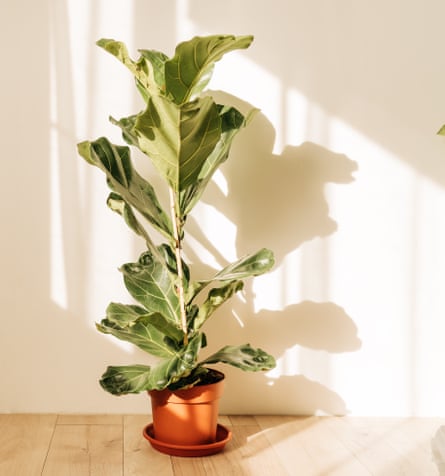
“I wouldn’t rule out a Ficus,” they say.
“People already have fiddle leaf figs or rubber trees in their houses, so it’s a good suggestion for people living in the city.
“If you have a house plant and nothing else, you can easily make it festive.”
The fiddle leaf fig, Ficus lyrata, can grow up to 3 metres and retails between $90 – $150.
With wide, glossy, dark green leaves and sturdy branches that spread out to form a canopy, nursery manager Michael Pyers says the tree has a classic Christmas look. Hang baubles with longer string and wrap lights between branches, to accommodate leaf size.
Indoors, leave your fiddle leaf fig in a bright spot with filtered light. If outdoors, keep the plant under shade.
“It lasts for years, and is easy to care for,” Pyers says.
Rubber trees Ficus elastica, can grow to 2 metres and cost between $65 and $200.
The tree comes in a series of colour variations. Dominic Hooghuis, co-founder of The Plant Runner, suggests going for a dark burgundy leaf, “which could look good with white baubles and decorations for contrast”. Pyres’s favourite is the ficus ruby variety, which has streaks of dark pink and white through the green leaf.
“They grow very quickly, and are easy to care for,” he says.
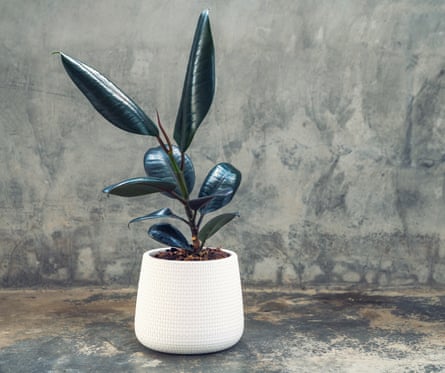
The ficus emerald standard grows between 1 and 3 metres and costs between $120 and $250.
The emerald standard “looks nothing like the other two,” Pyres says. With a long, thin and smooth trunk, and a circle head of leaves on top, he says the plant has a “lollypop look”.
“I’ve seen these on balconies with decorations before.” He suggests wrapping the trunk in coloured paper, lights or tinsel.
Palms
Palms thrive in summer and spring, “so they will do well at Christmas and summer time,” Pyres says.
The bangalow palm grows up to 3 metres and retails at $185.
With a long fleshy stem spreading out into a big fan head with thin leaves, the palm will “almost look like a rough Christmas tree”. Its leaves are soft, but the stem is hard, so Pyres suggests decorating with a twist of Christmas lights and tinsel up the middle.
“It has a very graceful look,” he says. Even standing with no decoration, it “makes a very good feature”. It can be kept indoors or outdoors on a shaded balcony.
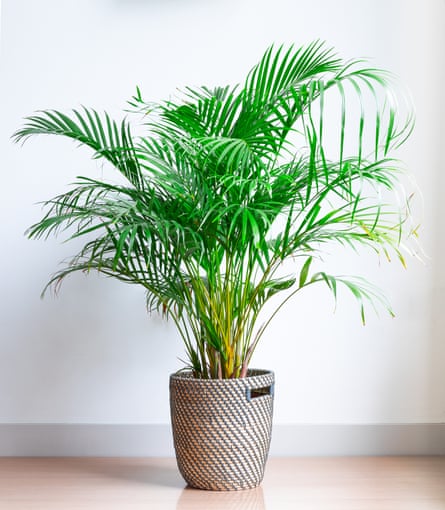
The golden cane palm can grow up to 4 metres, and retails between $65 and $185.
Similar to the bungalow palm, the golden cane’s trunk is coloured yellow-gold.
Multi-stemmed with bright green leaves and an attractive clumping habit, Pyres says the golden cane “wouldn’t need too many decorations” to stand out. With a tall canopy spread, wrapped gifts would stack well underneath.
Others
The giant bird of paradise, Strelitzia nicolai, can grow up to 3 metres and costs about $200.
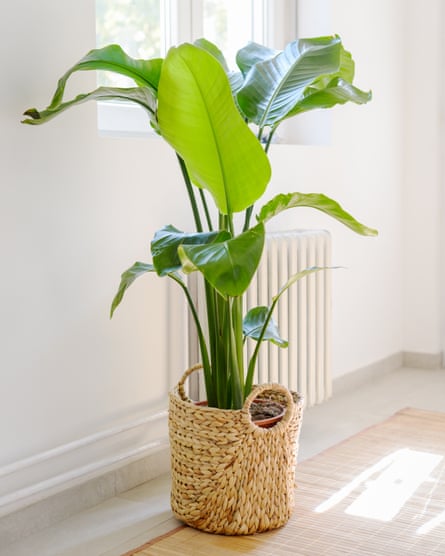
It gets its name from flat banana-style leaves, a white flower and a “little spiked centre that looks like a little bird”, Pyres says.
With sturdily structured foliage, you can hang baubles from the tips of leaves. The plant can also stand undecorated as a centrepiece for gifts to be collected around. “In the city, or near the water, it alone would give your Christmas this tropical feel,” Pyres says.
Umbrella trees, Schefflera actinophylla, can grow up to 3 metres and cost between $80 and $150.
The umbrella tree has a wide canopy of leaves that “almost look like a hand with fingers” that spread and drop to give an umbrella effect, Hooghius says.
It can be brought indoors and will survive in a room with little light. “If you need your Christmas tree to go in a darker room, go for the umbrella tree.”
With an upright structure and sturdy trunk and branches, Hooghius says the tree can “take a bit of weight” from hanging baubles or draping tinsel and lights.
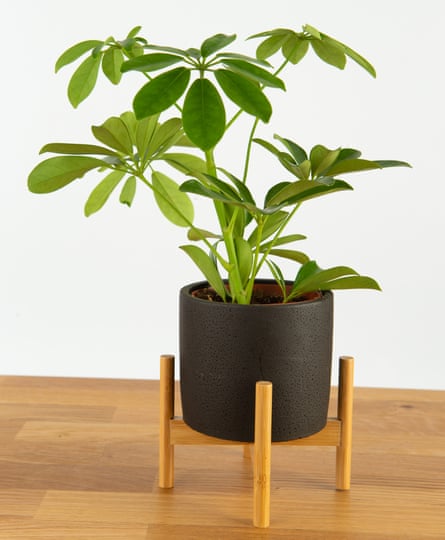
“Just be gentle with hanging decor near leaves to not bruise them,” he says. “If you want to hang baubles, hang them from the stem.
“If you think about long-term value, it is much better than a Christmas tree.
“It is an indoor plant that you can keep after Christmas, and it will last you years and years and years.”

